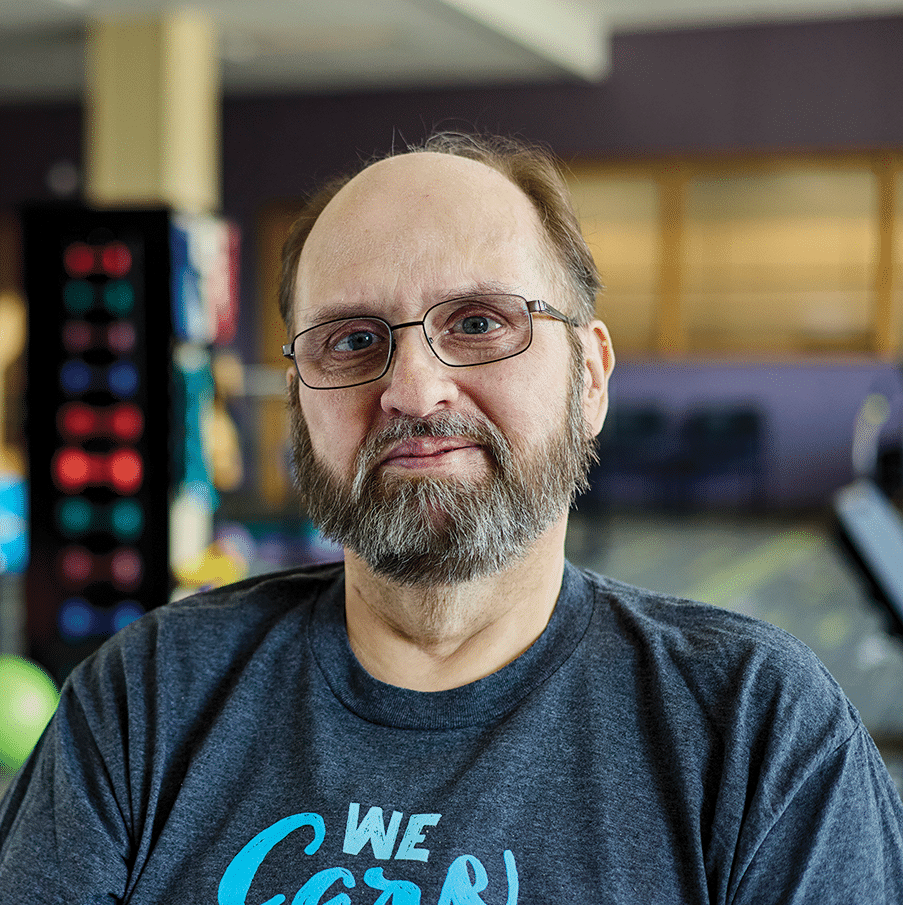Diabetes Types
Type 1 diabetes
Type 1 diabetes occurs when the body produces little or no insulin. It most commonly affects children and young adults, but can occur at any age.
Type 2 diabetes
Type 2 diabetes occurs when not enough insulin is produced or when the insulin produced is not working properly.
Gestational diabetes
Gestational diabetes develops in pregnant women who have never had diabetes, and usually goes away after your baby is born. However, it increases the risk for type 2 diabetes later in life.
Prediabetes
Prediabetes is defined as having higher than normal blood sugar levels, but not high enough yet to be diagnosed as type 2 diabetes.
You’re at risk for prediabetes if you:
- Are overweight
- Are 45 years or older
- Have a parent, brother, or sister with type 2 diabetes
- Are physically active less than 3 times a week
- Have ever had gestational diabetes (diabetes during pregnancy) or given birth to a baby who weighed over 9 pounds
- Are an African American, Hispanic or Latino, American Indian, or Alaska Native person. Some Pacific Islander and Asian American people are also at higher risk.
By making lifestyle changes, you can help prevent prediabetes from becoming diabetes. These include losing weight if you’re overweight, eating a healthy diet, and getting regular physical activity.
Diagnosing Diabetes
If your provider is concerned that you may have diabetes, they will ask you questions about your medical history and the symptoms you are currently experiencing, and will order a blood test to measure the amount of glucose in your blood. The A1C test is a blood test that measures your average blood sugar levels over the past 3 months. It’s one of the commonly used tests to diagnose prediabetes and diabetes, and is also the main test to help you and your healthcare team manage your diabetes.
Diabetes Care Team
Your diabetes healthcare team can provide you with ongoing support to manage your diabetes. They can regularly monitor different parts of your body that can be affected by diabetes, help you set goals and action plans for your self-management, and work with you to overcome barriers.
This team is typically composed of:
- Primary Care Provider
This is the provider who gives you routine medical care such as yearly checkups, physical exams, and writes prescriptions. At Glencoe Regional Health, all of our providers in family medicine, internal medicine, and pediatrics are well-equipped to diagnose and treat diabetes. When you have diabetes, you will see your primary care provider at least once a year, or more often, if recommended. - Diabetes Care and Education Specialist
Our registered and licensed dietician helps people with diabetes gain the knowledge and decision-making skills needed for diabetes self-care. After being diagnosed with diabetes, your primary care provider will refer to our diabetes education program for one-on-one classes. - Podiatrist
Diabetes can harm the blood vessels and nerves in your legs, feet, and toes. This can cause healing problems if you get a cut or blister, which can become a hard-to-treat infection. You will be advised to see a podiatrist at least once a year to get a complete foot exam. - Wound Care Specialist
People who have diabetes are prone to slow-healing wounds due to impaired blood circulation, numbness, and a weakened immune system. Diabetic wounds require specialized care from healthcare providers experienced in wound management. - Audiologist
Diabetes can damage small blood vessels and nerves in the inner ear. You should have your hearing tested by an audiologist after you have been newly diagnosed with diabetes, and at least once a year to monitor hearing loss over time. - Nephrologist
Over time, high blood sugar and high blood pressure from diabetes can damage your kidneys. If your primary care provider notices that your kidneys do not work as well as they should, they may refer you to a nephrologist. - Ophthalmologist
Diabetes may affect your vision by damaging blood vessels in the eyes. You’ll want to schedule an eye exam as soon as you receive a diabetes diagnosis. This will help your eye doctor monitor any changes to your vision and eye health. After your first exam, it’s best to see an eye doctor at least once a year (or more often if recommended by your eye doctor). - Dentist
People with diabetes may have a higher risk of gum disease. Visit a dentist at least once a year (more often if recommended), and let them know that you have diabetes. - Pharmacist
Your pharmacist can tell you which medications (prescription and over-the-counter) affect your blood sugar and which ones should not be used together. - Mental Health Professional
These professionals can help you manage the demands and stress of day-to-day diabetes self-care. If you’re concerned about your mental health, let your primary care provider know. They can refer you to a mental health professional who can help.
Managing Diabetes
With the help of your primary care provider and your diabetes care and education specialist, you can create a self-care plan and live a healthy life. Your plan may include:
- Taking medicine as prescribed
- Checking your blood sugar as directed
- Eating healthy foods
- Being physically active
- Checking your blood pressure regularly
- Quitting smoking or chewing tobacco
- Checking your feet daily for signs of a wound
- Managing stress
- Making and keeping regular healthcare appointments








